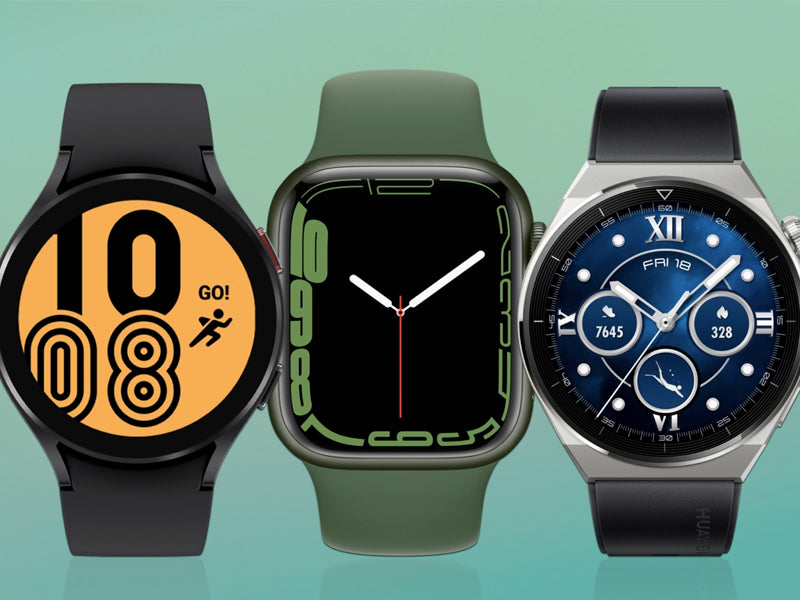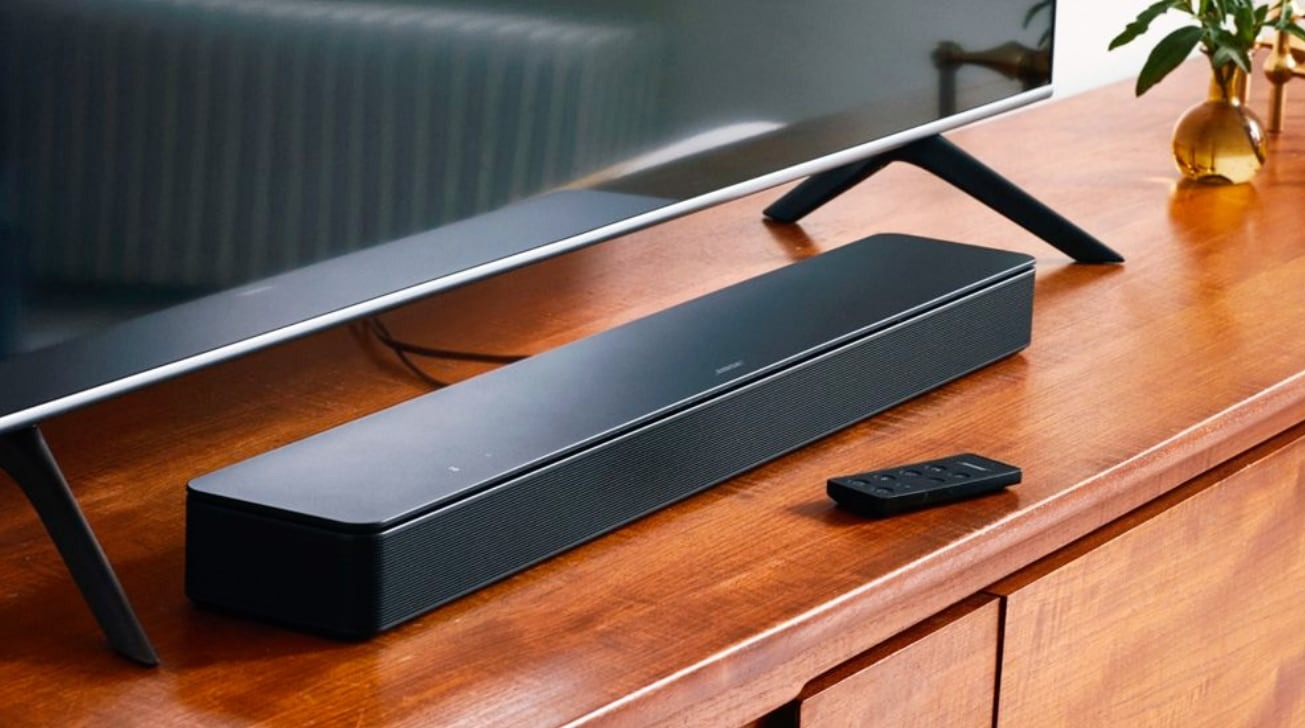A smartwatch may appear to be a novelty, yet it transmits vital information from your phone to your wrist. A smartwatch can assist you in keeping track of your digital life. These gadgets may help you manage text messages and phone conversations, and many of them can be set up to accept touchless payments and function with a variety of apps.
Choosing a new smartwatch in a market flooded with options might be overwhelming. What should you look for, and how should you evaluate your options? The list of features, sensors, and compatibility is far from complete.
This smartwatch buying guide deconstructs all of the major elements you should consider when selecting if the Apple Watch, a Samsung Galaxy Watch, a Fitbit, or products from other top wearable manufacturers are perfect for you. To make things easier, we have simplified the procedure and highlighted some crucial aspects to consider when purchasing a new smartwatch.

Ecosystem
The ecosystem is the most key component to consider when purchasing a smartwatch. If you have an iPhone, you should probably acquire an Apple Watch. The reason for this is straightforward: you get the finest compatibility because it is designed for the Apple environment, and every single function works as intended.
On the other hand, there are some other smartwatches, such as Samsung’s Galaxy Watch 4 that provide additional functionality if you are using a Samsung phone. However, smartwatches from companies like Fitbit and Garmin operate in a variety of ecosystems.

Display
It is essential to check the display's quality and functionality. The display, like that of a smartphone, is an essential component of any smartwatch since it displays all of the information and allows you to interact with the device itself.
Most smartwatches feature a vibrant LCD or AMOLED display, which allows you to view photographs and other material in richer colors. However, the trade-off is shorter battery life. If you want a battery life that lasts the longest, you should choose one with a black and white display. It is also suggested to choose a smartwatch with a good display that is used indoors or outdoors, especially in direct sunlight.

Health Tracking
One of the most common reasons why individuals buy a smartwatch is for fitness tracking. Step count is a typical feature that allows you to keep track of how many steps you've taken and hence calculate how many workouts you performed. With technological advancements, health tracking on smartwatches has progressed well beyond simply counting steps. ECG heart-rate monitoring, SpO2, activity tracking, sports tracking, and other features are now accessible on a wide range of smartwatches.
Amazfit and Garmin provide some of the greatest health features, but Apple dominates heart monitoring, with the Apple Watch apparently saving many lives by warning users of potential heart attacks. If you value your health, choose a smartwatch that has extensive health monitoring capabilities, an IP rating, as well as activity and sports tracking.

Comfort
Note that comfort is crucial, as is the convenience with which you can secure the watch to your wrist. Any smartwatch with clunky clasps that take too much force to open and close should be avoided. It’s worth keeping in mind that fit does make all the difference when it comes to gathering accurate heart rate readings as a floppy or overly tight strap might result in accurate readings.

Battery Life
Battery life is one of the most frustrating aspects of having a smartwatch. Smartwatches have limited battery life since they are tiny cell phones for our wrists. The majority of smartwatches with color displays tend to last one to two days between charges, or even less than one day in some cases, so it is important to think about how frequently you are willing to charge your watch.
Feature-rich smartwatches with built-in GPS, cellular connectivity, continuous heart rate tracking, as well as other biometric sensors typically require overnight charging, basically providing you with a day's worth of battery. Many of today's smartwatches offer fast charging. Apple, for example, claims that the new Apple Watch Series 7 and 8 can go from 0 – 80% in as little as 45 minutes.

Connectivity
The most popular smartwatches today have features such as Bluetooth, Wi-Fi, and built-in GPS, which allow you to follow your walking or running path without having to take your phone with you.
Some of the most expensive smartwatches offer optional cellular LTE connectivity, enabling you to use an eSIM in parallel with your original SIM card. A smartwatch with GPS and cellular connectivity allows you to use it without even being paired to your smartphone. Of course, such capabilities also drain the battery.

NFC
Many smartwatches also incorporate NFC, which enable individuals to pay for products without the need to carry their wallet everywhere. You save your credit or debit card information and then tap your smartwatch against an NFC scanner to pay for anything you have purchased such as a cup of coffee at a café. It is crucial to note that various watches employ different payment systems. For instance, Apple smartwatches use Apple pay, while Fitbit and Garmin smartwatches have their own versions named Fitbit pay and Garmin pay, respectively.

Communication
Smartwatches also help you remain up to date on your latest communication notifications. Rather than taking out your phone a dozen times a day, you can check your notifications on your smartwatches, such as text messages or missed calls. Certain watches allow you to send brief pre-set replies from your smartwatch whereas other premium smartwatches, such as Apple and Samsung provide you with the ability to make and receive calls from your smartwatch.

Water Resistance
Swimmers may want a smartwatch that is water-resistant, and most smartwatches nowadays have an IP certification. However, only a few models can withstand a swim in the pool or a deeper plunge. If this is a critical feature to you, check the specifications before deciding which smartwatch you should purchase.

App Support
This is something that is mostly ignored when looking for a perfect smartwatch. Apple's WatchOS and Google's Wear OS both offer a large selection of third-party apps, some of which may be installed directly on the watch via their respective app stores. What this really means is that apps can run directly on the watch, rather than relying on a smartphone that has been paired to send notifications. Aside from these two, there is no smartwatch platform that provides a reputable app store, restricting the number of features and capabilities.

Price
The price of the smartwatch is a deal breaker for many. A luxury smartwatch is more expensive because of its quality, and design, as well as the fact that it provides more advanced features, something which cheaper smartwatches do not offer. However, that does not mean that a cheaper smartwatch will not offer enough functionality because most reasonable brands and manufacturers have managed to add in a lot of features which was unimaginable until a few years ago.
Manufacturers such as Realme provide excellent entry-level alternatives at extremely reasonable prices. For more mid-range options, Fitbit provides good options in that price range. When it comes to premium smartwatches, Apple, Garmin, and Samsung are the most popular brands.
To select your new smartwatch, don’t forget to check out our list of the top smartwatches for 2022.
So, which smartwatch should you get?
Smartwatch technology is continuously advancing, so before you spend your money on a smartwatch, consider what features are most essential to you.
If you are on a budget, you should select a watch that lacks complex functionality such as SPO2 and heart rate monitoring. If you merely want something to track your daily exercise, a mid-range fitness tracker may be sufficient.
If you own an Android, a watch that runs Google’s Wear OS can provide seamless capability with your Android phone as well as Google’s digital assistant. On the contrary, if you own an iPhone, you are probably better suited with an Apple smartwatch, although several models by other companies also work well with iOS, too.






Leave a comment
This site is protected by hCaptcha and the hCaptcha Privacy Policy and Terms of Service apply.